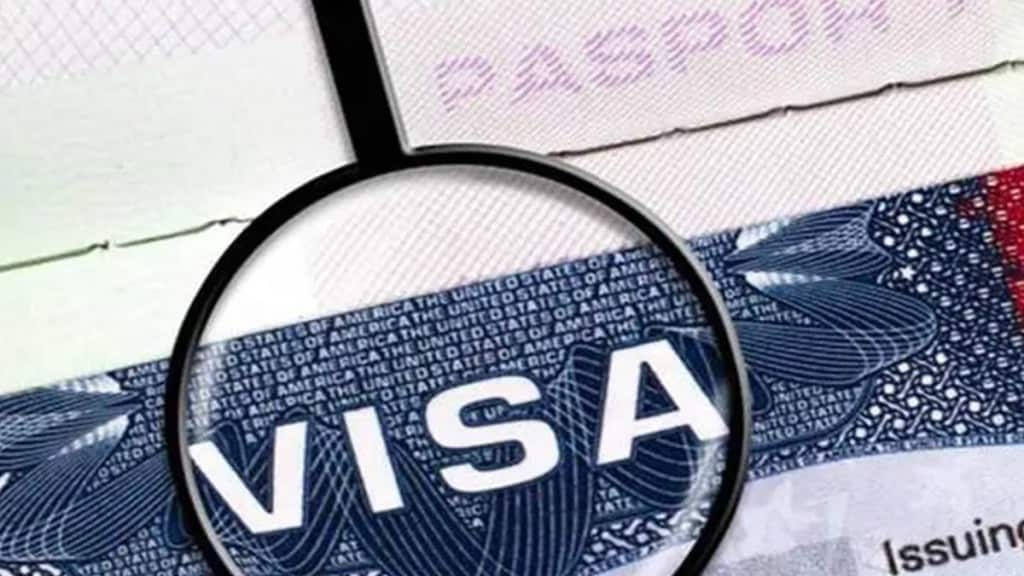Foreign workers holding H-2B visas are in great demand in America. The H-2B program allows U.S. employers who meet specific regulatory requirements to bring foreign nationals to the United States to fill temporary nonagricultural jobs. Currently, Congress has set the H-2B quota at 66,000 per fiscal year.
For the benefit of US employers, the Department of Homeland Security (DHS) and the Department of Labor (DOL) have made available an additional 64,716 H-2B temporary nonagricultural worker visas for fiscal year (FY) 2025.
The H-2B program permits employers to temporarily hire noncitizens to perform nonagricultural labor or services in the United States. The employment must be for a limited period, and the petitioner must have a temporary need for services or labor to be performed, that is, a one-time occurrence, peak load need, seasonal need, or intermittent need.
Of the H-2B cap at 66,000 per fiscal year, 33,000 are for workers who begin employment in the first half of the fiscal year (Oct. 1 – Mar. 31) and 33,000 for workers who begin employment in the second half of the fiscal year (Apr. 1—Sep. 30).
The additional 64,716 H-2B visas will be in addition to the congressionally mandated 66,000 H-2B visas that are available each fiscal year.
These supplemental visas are aimed at helping U.S. employers who are unable to find U.S. workers who are available, willing, and qualified to do temporary work in industries such as hospitality and tourism, landscaping, seafood processing, and many other sectors.
DHS, in coordination with DOL, has authorized supplemental cap numbers in FY 2017, FY 2018, FY 2019, FY 2021, FY 2022, FY 2023, and FY 2024 in accordance with the time-limited statutory authority granted for each of those fiscal years by Congress.
The supplemental H-2B visa allocation consists of roughly 44,700 visas available to returning workers who received an H-2B visa or held H-2B status in FY 2022, FY 2023, or FY 2024, regardless of their country of nationality. The remaining 20,000 visas are reserved for nationals of Colombia, Costa Rica, Ecuador, El Salvador, Guatemala, Haiti, and Honduras, regardless of whether they are returning workers.
Employers seeking to hire H-2B workers under the FY 2025 supplemental cap must attest that they are suffering or will suffer impending irreparable harm without the ability to employ all of the H-2B workers requested on the petition. Employers seeking to hire H-2B workers must take a series of steps to test the U.S. labor market.
They must provide certification from DOL that proves there are not enough U.S. workers who are able, willing, qualified, and available to do the temporary work for which they seek a prospective foreign worker, and that employing the H-2B workers will not adversely affect the wages and working conditions of similarly employed U.S. workers.
The maximum period of stay in the H-2B classification is three years. A person who has held H-2B nonimmigrant status for a total of three years must depart and remain outside of the United States for an uninterrupted period of three months before seeking readmission as an H-2B nonimmigrant.

